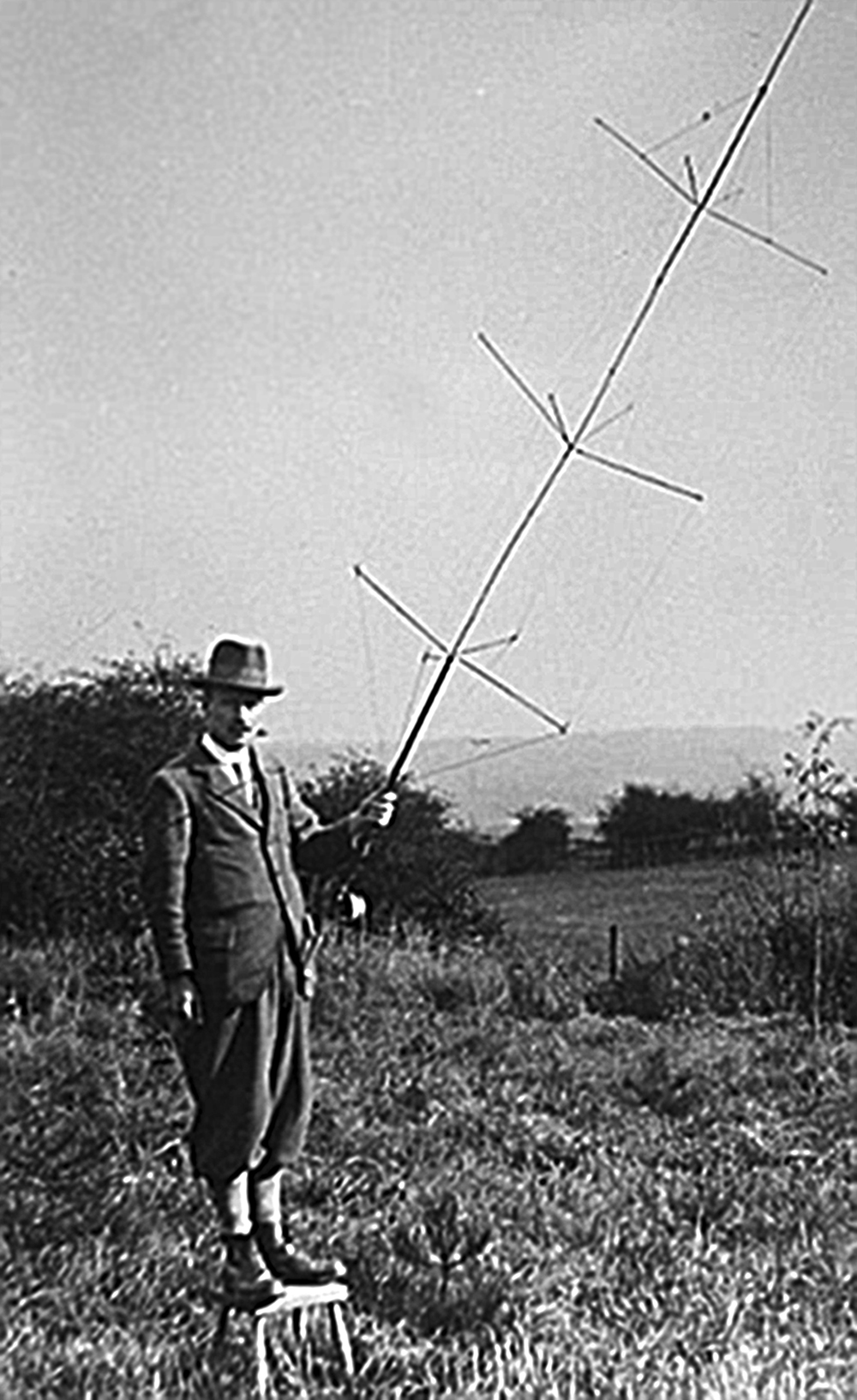Spider-web rod and WW1 fishing hero revealed on hit BBC show
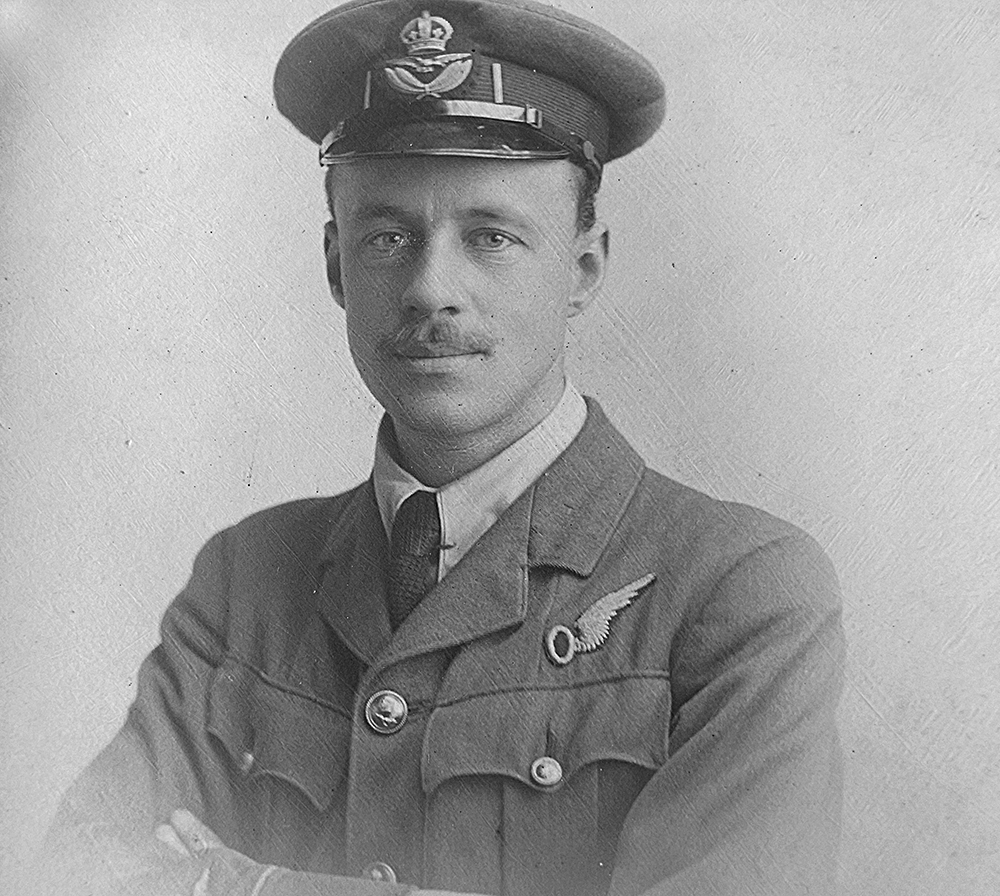
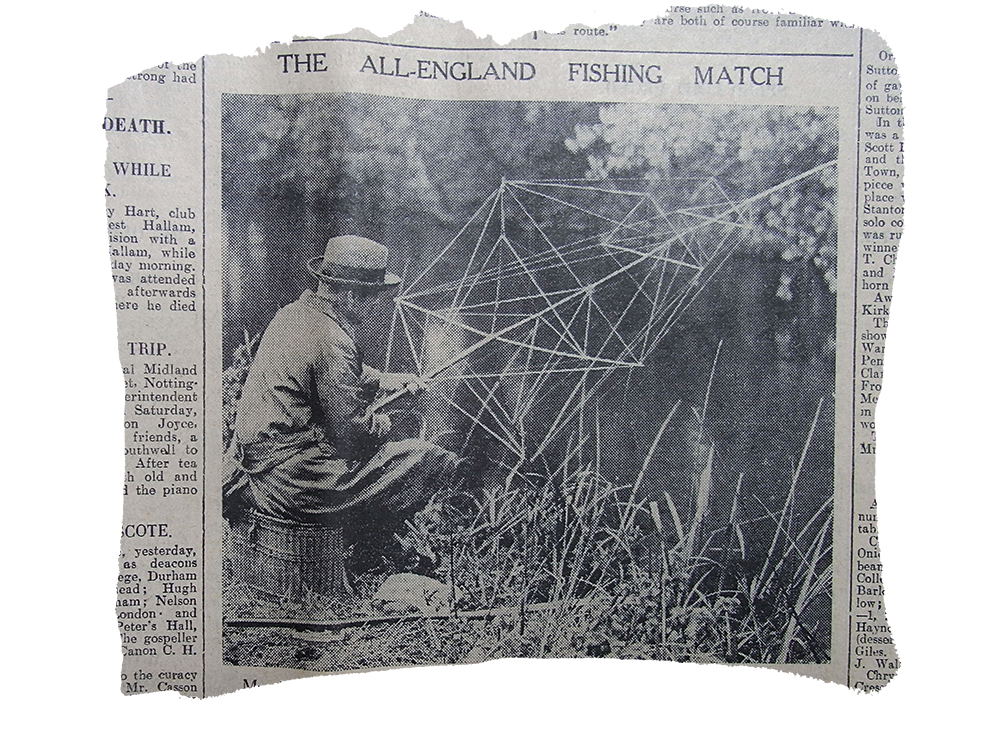
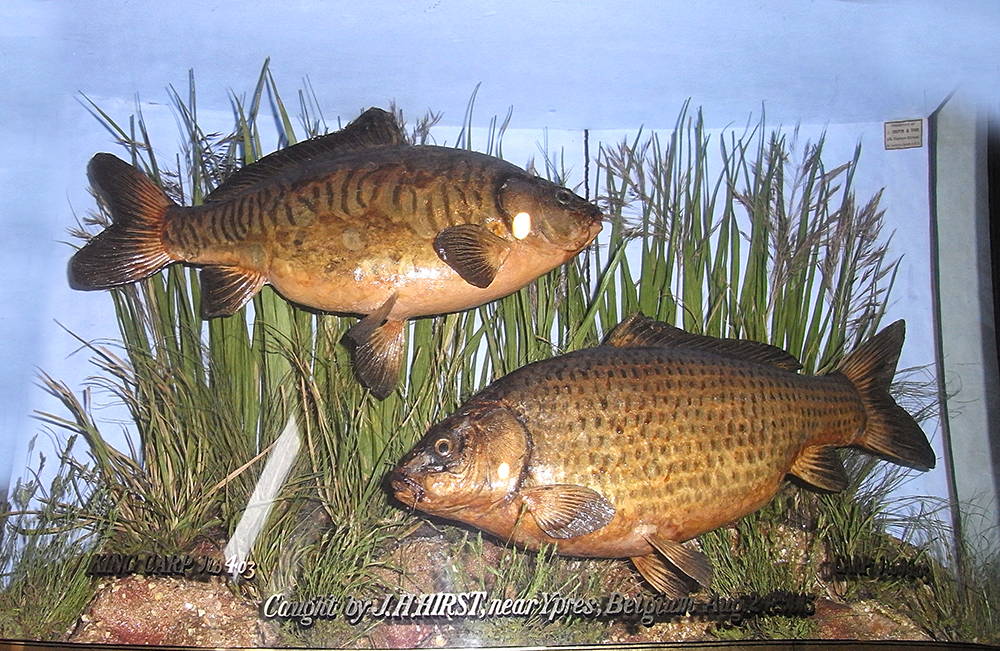
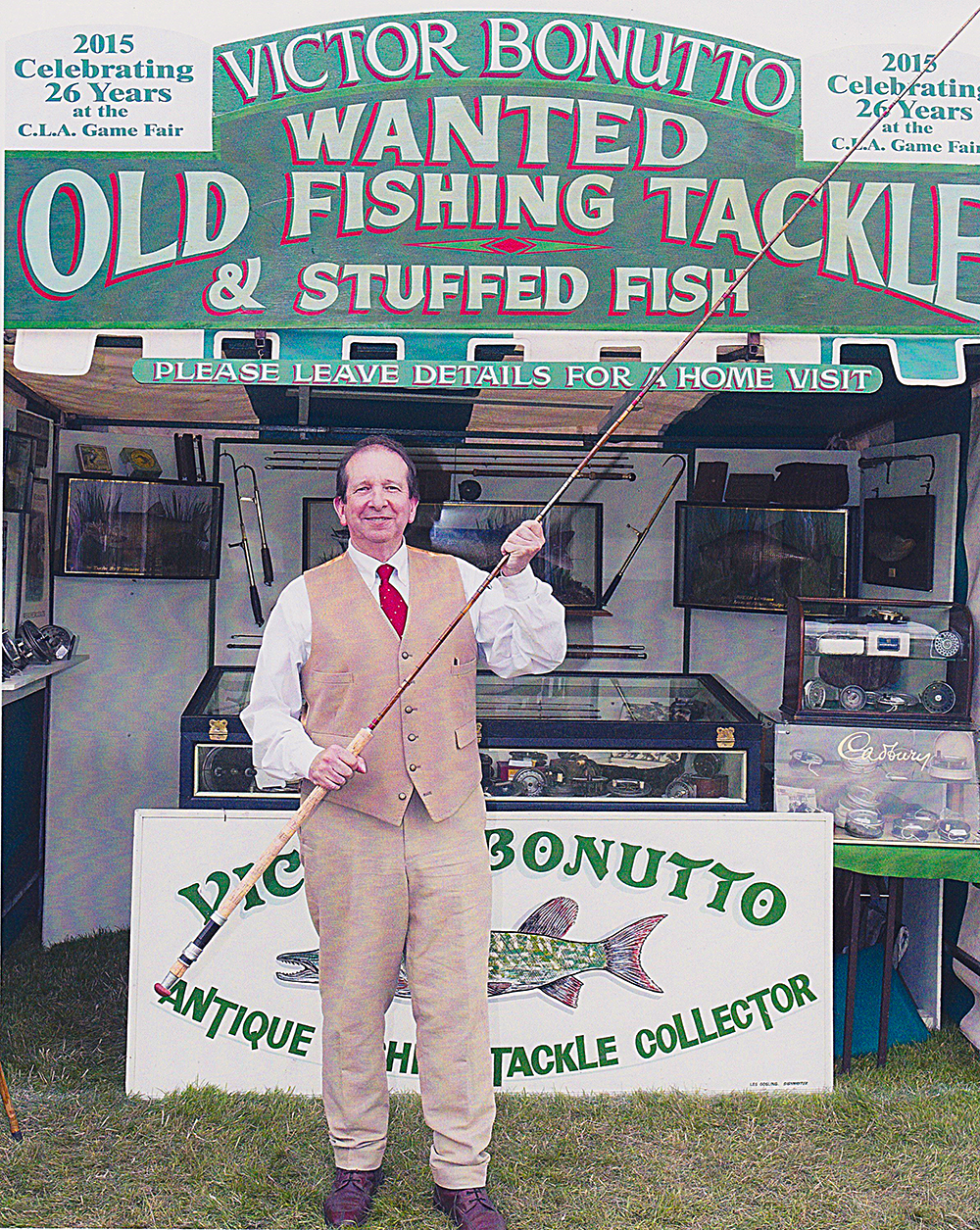
A rod built by an angler whose fishing skills saved his life in the First World War has appeared on the BBC television series the Antiques Roadshow.
The 17ft ‘spider-web rod’, which uses mechanics similar to those of a crane to support the extra length that revolutionised fishing at longer distances, was built before the First World War by John Henry Hirst. It was valued at £3,000 during the latest episode of the BBC1 series.
But the spider-web rod was just one part of the incredible story of a man who was so good at fishing that he was pulled out of the trenches in 1915 to help feed his comrades.
The Yorkshireman, who died in 1963 aged 75, kept a highly detailed fishing diary between 1901 and 1948 that tells the incredible tale of how he took fishing tackle to the Western Front and braved machine gun fire to fish the rivers, canals and ponds of the Somme and around Ypres in Belgium in order to collect food.
The rod was presented to experts on the show by current owner Victor Bonutto, who has has been collecting and valuing vintage tackle for nearly 30 years and decided to buy it after hearing about it from Hirst’s daughter.
He told Angling Times: “John was an incredibly brave man and a fantastic angler, hence the reason he was charged with catching fish to feed the troops.
“I had no idea the rod existed until Hirst’s daughter approached me at an angling fair and told me the whole story, and it just blew me away. He patented its design and won countless events on his return. fom the war”
Hirst also ran a successful local newspaper and wrote angling reports, while his glittering match angling career saw him captain the famous Bradford team in the 1930s and win medals fishing in the All England Nationals.
He was even quoted as saying that he was so good he would let his fellow competitors have a head start at the beginning of matches.
The rod, that was partially made from bamboo, had been sitting in his daughter’s attic for 60 years until Victor and the family made contact.
The Welshman then set to work on restoring it: “The rod was in really poor condition but it was well made,” he said.
“It wasn’t just an ordinary rod with bits stuck on it, was actually designed and made from scratch – it’s an amazing piece of equipment, which I believe John wanted to commercialise for mass production, hence the reason for the patent he took out on the design.”
Antiques Roadshow’s Adam Schoon, who valued both the rod and two stuffed carp which John caught during the war, was equally amazed at the story. During the broadcast he said: “It’s not just the uniqueness and age of the items that make them incredible, it is the story behind it that’s so fascinating.”
Would you like advice on a piece of antique tackle? Contact Victor on 07977 599218, email: tinca@gwlad.eclipse.co.uk
You can check out the episode of Antiques Roadshow featuring the rod on BBC iPlayer.

